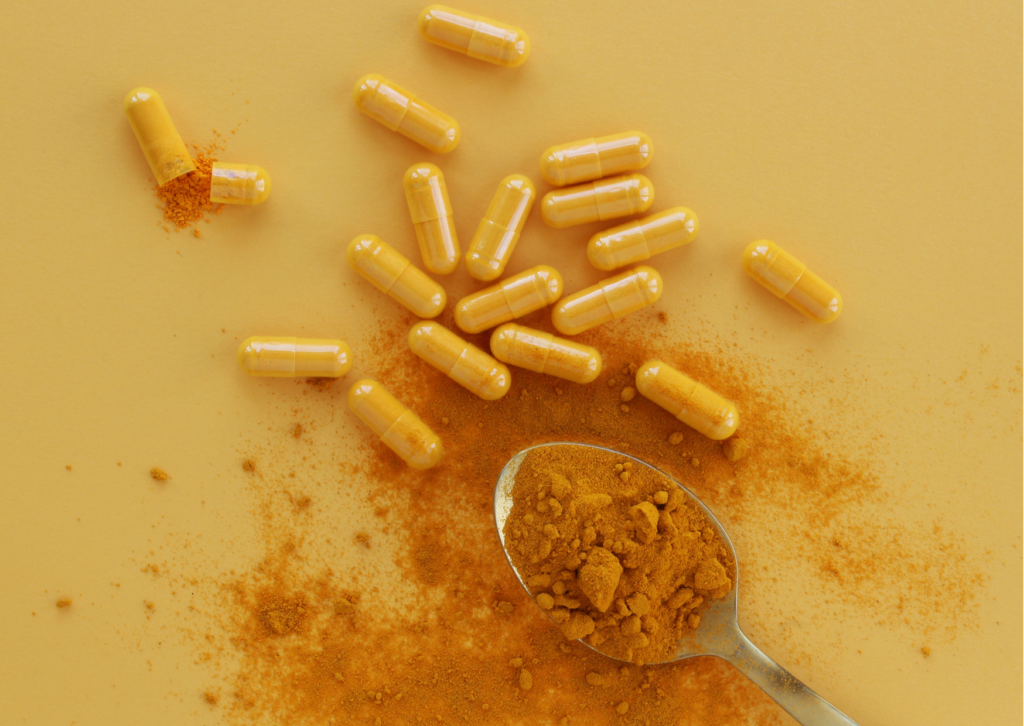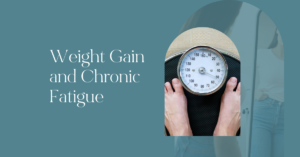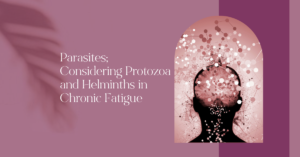Post-exertional malaise (PEM) or “payback” is one of the most frustrating symptoms of chronic fatigue and chronic illness. PEM is a condition where there is a definitive worsening of symptoms after exercise or challenging the body in some way (this could be mentally, physically or emotionally).
The onset of PEM may vary from person to person. It can happen immediately after the exercise or challenge, it can gradually come on a few hours later or the next day. It can last a few hours or a few days depending on the person.
Often when someone experiences PEM they may feel that if they just “push through” the body will adjust. Most typically, if you are experiencing PEM, the exercise, activity or challenge is causing more inflammation than your body can handle.
This means that we need to reduce the inflammation through lifestyle management and offer up anti-inflammatory support to the body. Here are six tips on how you can do this:
1. Reduce Your Workload
This may seem obvious but need to be highlighted first and foremost. Sometimes we have just set our expectations too high and they need to be adjusted.
If what you have chosen to do is too much for you body, then it is likely that your body is going into “threat” mode. While your body deals with the threat, energy is prioritised towards defence and away from energy production. You may experienced increased sympathetic activation (increased heart rate, anxiety, difficulty sleeping) and inflammatory symptoms associated with PEM due to an increased immune response.
Nobody wants to be told to do less but unfortunately, this is exactly what you will need to do. If you are exercising, you’ll want to find the sweet spot at which you can move, without exacerbating your symptoms and over time, slowly condition your body to do more.
You can read my previous blogs How to exercise if you have chronic fatigue? & How To Increase Exercise Tolerance with Fatigue for more tips on pacing your workouts OR listen to to similar material on my podcast: episode 26 and 27.

2. Buffer Your Workload with Restorative Practises
Stress comes in many shapes and forms and exercise, although it can be very beneficial, is a stress on the body – especially if you are doing more than your body can handle.
Therefore, you don’t want to go from one stress to another. Ideally, break up your day so that your exercise time is buffered with periods of calm and restoration.
Have a short rest before going for a walk e.g. do a breathing or relaxation exercise before a workout.
After a workout spend some time stretching, resting, breathing, legs up the wall for 15 minutes or if appropriate, do a short yin yoga or restorative yoga practice.
I am very guilty of doing a workout and then going straight into showering, meal prep, cleaning up the kitchen and then hitting my desk. I feel so much better when I give myself 30 minutes to an hour after a workout to reset my nervous system.

3. Increase Anti-Oxidant and Anti-inflammatory Support
Post-exertional energy crashes are often related to increased oxidative stress. When we exercise we need to make more energy in the mitochondria. When the mitochondria make energy, they also make reactive oxidative species (ROS) as a byproduct. When the mitochondria are not functioning optimally, the body is deconditioned and/or the inflamed (due to other reasons e.g. gut imbalances), the amount of oxidative damage produced from exercise can be overwhelming. This oxidative stress uncouples mitochondria, inhibiting energy production and you experience this as Post-Exertional Malaise.
We can mitigate these energy crashes by managing our workload, adding in post-exertional restorative practises that help the body come back to baseline sooner and reducing inflammation and adding in antioxidant support.
The foundations of anti-oxidant and anti-inflammatory support for the body are going to be a good diet with a great balance of unprocessed protein, fats and carbohydrate, colourful plants and optimal blood sugar regulation. Learn more about how to eat for energy here.
Once you have your food-first foundations in place you can then add in extra-anti-inflammatory support and anti-oxidant support pre- and post-workout. My favourite products are curcumin (the active ingredient in turmeric) and glutathione, one of the body’s major antioxidants.
You can also check out my previous blog where I discuss supplements to support exercise performance and recovery. I like to use a combination of Creatine, Branch Chain Amino Acids and Electrolytes before, during and after workouts.
4. Address Your Digestive System
The digestive system is closely linked with the immune and nervous systems. Therefore, gut imbalances can cause or exacerbate immune and nervous system dysregulation which can increase inflammation.
An overgrowth of gram negative bacteria in the gut can produce toxins known as lipopolysaccharides (LPS). The lining of the digestive tract is only one layer of cells thick. Therefore, if it is undernourished and damaged, due to stress, poor diet, medications, alcohol and infections, LPS can pass into the blood stream and start to generate systemic inflammation and even influence neuro-inflammation.
Therefore, digestive imbalances are a common cause of systemic inflammation. When you generate more inflammation with exercise – whether that is due to tissue breakdown or overwhelming oxidative stress – the total body burden becomes greater than you can handle and this can cause a symptom flare, that you experience as PEM.
Additionally, there can be transient changes in intestinal permeability with exercise. This may be due to exercise itself of mechanical challenges (e.g jolting up and down with dynamic movements). If your digestive system is imbalanced, this may create the opportunity for things to pass from gut to blood stream and this may generate a systemic response.
If your body is already inflamed, it may not cope as well with inflammation inherently generated by exercise. On the flip side, as your digestive health improves you may notice better exercise performance and recovery. In my own journey I had chronic and horrendous digestive imbalances for almost 2 years. Once I finally stabilised my digestion, my exercise recovery also saw great improvements!
5. Test for Mould Mycotoxins
Unidentified mould toxicity may be a cause of your exercise intolerance. Mould illness or sickness is a constellation of symptoms that result from a combination of the mould spore colonisation in the body and toxic load due to the mycotoxins they produce.
The mycotoxins can be particularly damaging to every body system and this is what can make mould illness difficult to identify and why it often gets missed. Additionally, some people may be more affected by mould and mycotoxins which is why two people can live in the same home and one person has symptoms and the other person doesn’t.
Mould Toxicity can produce inflammatory cytokines which suppress the production of Vascular Endothelial Growth Factor (VEGF) which causes blockages in capillaries. The consequence is suppressed blood flow through the capillaries and therefore, reduced oxygenation. This causes and exacerbates fatigue, cognitive impairment and poor recovery from even mild exercise.
I would often get inappropriate PEM from doing very small things. Once I discovered I had mould mycotoxins and I began a detoxification protocol my exercise tolerance increased and my PEM decreased.
You can test if mould is a problem for you by using the Mycotoxin Test by Great Plains Laboratory. I highly recommend you work with a practitioner to support your body should you have a positive test result. I have several blogs where I talk more about mould. Here is a good starting point.
6. Support Detoxification and Drainage
Inflammation is created by immune cells and these inflammatory molecules need to be degraded, detoxified and drained from the body. A stagnant lymphatic system or an overloaded liver can cause a build up of inflammation in the body and then a small modest workout can push your body over the edge.
There are many ways we can support the detox and drainage pathways, here are a few:
- Address any imbalances in the gallbladder, liver, kidneys and digestive system and take additional support where necessary
- Staying hydrated with both water and electrolytes
- Ensuring bowel movements are regular
- Dry brushing
- Infrared Sauna
- Binders
- Epsom salt baths
- Lymphatic drainage massage










